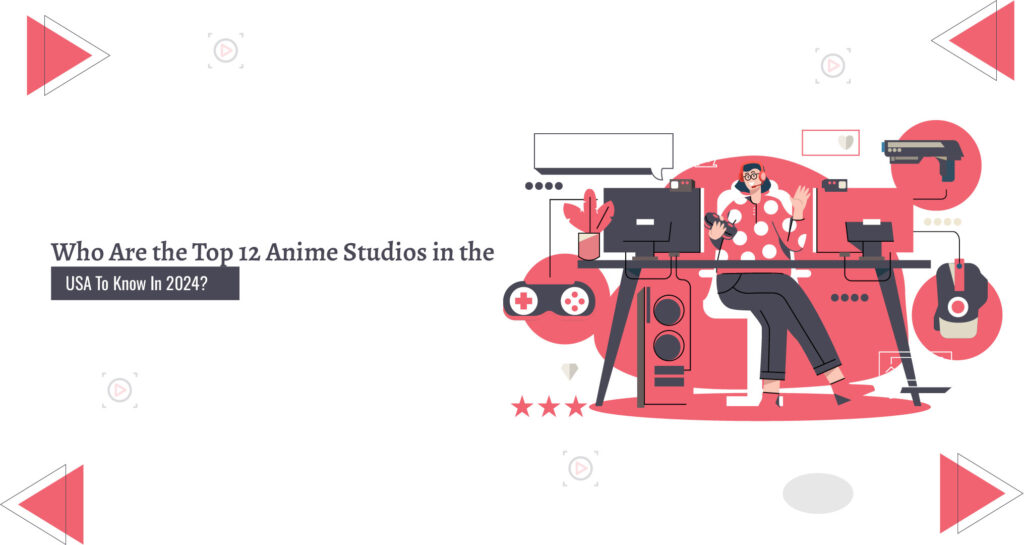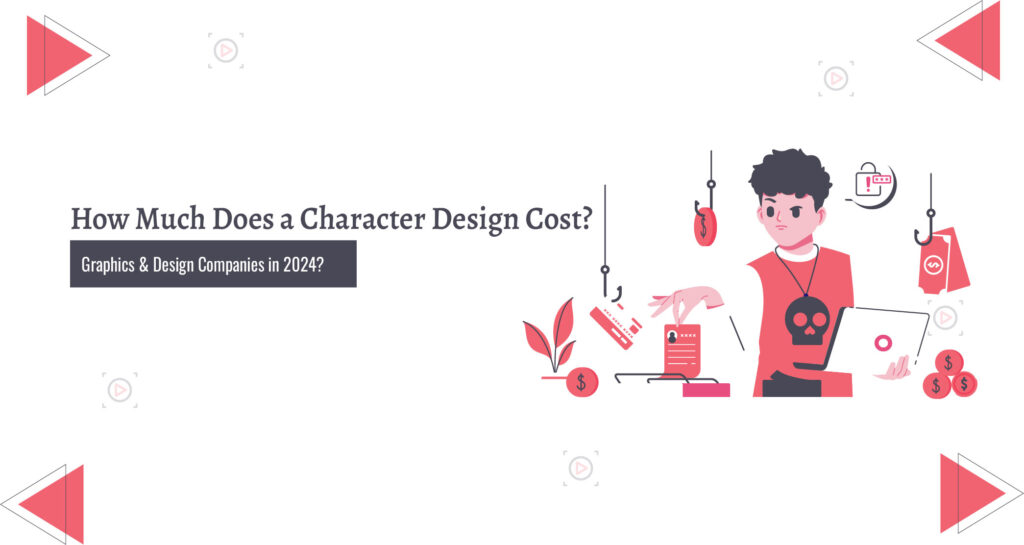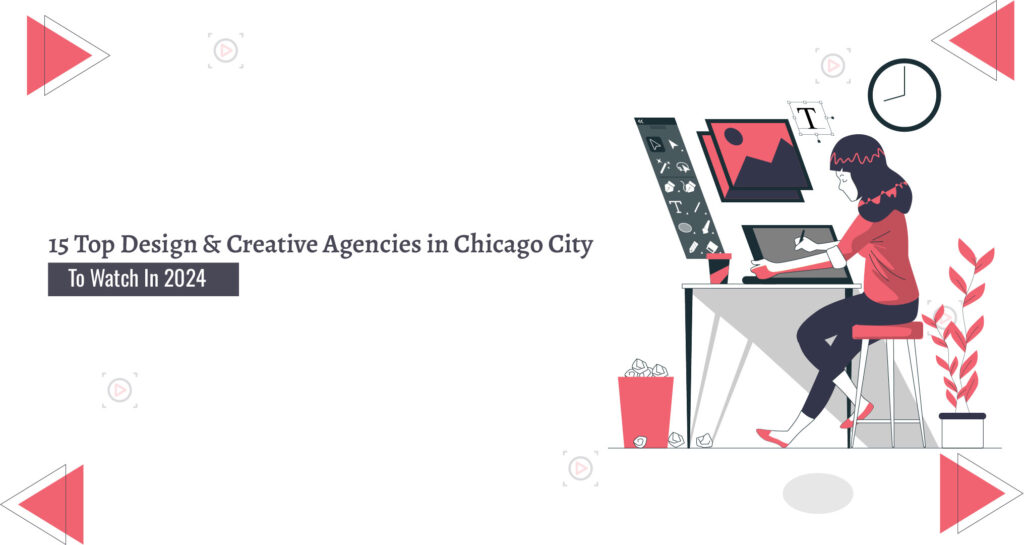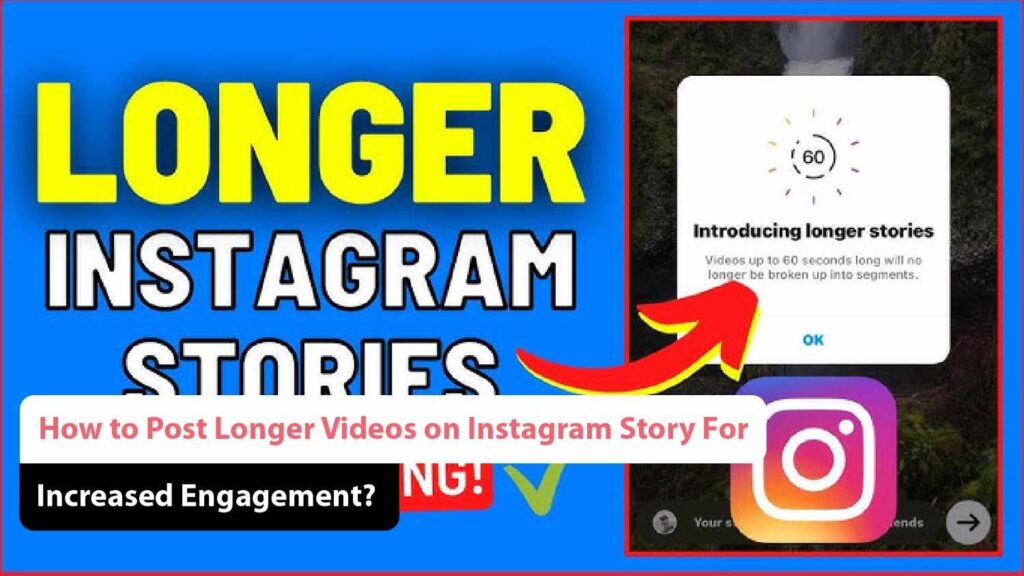Who Are the Top 12 Anime Studios in the USA to Know in 2025?
Anime has a unique way of embedding itself into our childhood memories, offering a sense of adventure that resonates even into adulthood. As we grow, anime continues to be a gateway to fantastical worlds, with classics like Full Metal Alchemist, Dragon Ball, and One Piece standing as testaments to the brilliance of legendary creators. The enduring popularity of anime shows no signs of fading. Today, numerous anime studios across the globe continue to create remarkable pieces of art. In this article, we’ll explore the top anime production companies in the USA that consistently deliver high-quality anime year after year. Discover how these studios blend creativity and innovation to push the boundaries of animation, creating captivating experiences for audiences worldwide. From groundbreaking series to visually stunning films, these companies are at the forefront of anime’s vibrant evolution. Anime Production Companies USA The anime industry has transcended its Japanese origins to become a global sensation. Many companies across the United States have tapped into this widespread appeal, either by producing original anime series or distributing anime from around the world. In this article, we explore U.S.-based anime production companies, their locations, and recent projects, and guide how voice actors can find paid opportunities within this dynamic field. Additionally, we delve into the innovative approaches these companies use to adapt and localize anime for American audiences. Discover how these studios are shaping the future of anime and offering exciting career prospects for talented voice actors. 1. Animotions Studio Animotions Studio stands out with its innovative approach, delivering top-notch animations that captivate audiences and enhance brand storytelling. Our team of skilled artists and animators combines creativity with cutting-edge technology to produce visually stunning and impactful content. Experience the difference with Animotions Studio, where your vision comes to life with unparalleled quality and flair. The studio is composed of talented young artists with a remarkable track record in creating both feature films and outsourced animation. Animotions Studio offers exceptional 2D animation services, including character animation service, detailed environmental effects, and a strong focus on anime. Our portfolio underscores our ability to produce high-quality 2D animation. With a commitment to pushing creative boundaries and a keen eye for detail, we transform ideas into mesmerizing visual experiences that resonate with audiences. Partner with us to create your storytelling with animations that leave a lasting impression. 2. Powerhouse Animation Powerhouse Animation is a prominent name in the animation industry, renowned for its collaborations with major brands such as Marvel Comics, DC Comics, Walt Disney, and other influential figures in anime and comics. The studio excels in a diverse array of creative services, including character and concept design, storyboard and animatics, motion comics, commercial animation, and more. Their extensive portfolio showcases a broad spectrum of animation styles, from anime and feature animation to web cartoons. In addition to their work with Riot Games and Activision on high-profile gaming projects like Valorant, Powerhouse Animation is celebrated for its ability to bring complex stories to life with stunning visual quality. Their notable projects, such as Castlevania, Sonic Origins, Dawn of the Monsters, and Wagmi Defense Anime, demonstrate their commitment to innovative storytelling and exceptional animation craftsmanship. 3. Atomic Cartoons Atomic Cartoons is a prominent animation studio recognized for its work on acclaimed projects like Mermicorno: Starfall, Young Love, Super Team Canada, and Star Wars: Rebuild the Galaxy. Young Love, a 2023 captivating 2D animated series created by Atomic Cartoons, currently airs on the Max TV network. The studio specializes in feature film-quality animation, serving a diverse range of clients, including major TV networks, filmmakers, and businesses. Atomic Cartoons’ dedication to innovative storytelling and top-tier animation has made them a go-to partner for industry giants such as Netflix, Nickelodeon, Disney, and Adult Swim. Their global presence, with offices in Vancouver, Ottawa, and Los Angeles, underscores their commitment to delivering exceptional animation across various platforms and markets. 4. Titmouse Established in 1999, Titmouse is a distinguished, award-winning animation production company with studios located in Los Angeles, New York City, and Vancouver. As one of North America’s largest animation studios, Titmouse boasts a talented team of over 700 professionals, including writers, animators, artists, directors, compositors, and editors. Titmouse has contributed to a wide type of animated TV shows and feature films, including Spectre Divide, Pantheon, Forgotten Runes: Wizard’s Cult, StuGo, and Among Us. Known for its high-end 2D animation, Titmouse also showcases a distinctive anime style in projects like Agent Elvis and The Legend of Vox Machina. Their commitment to innovative storytelling and high-quality animation has solidified their reputation as a leading force in the industry. Titmouse’s extensive portfolio highlights their versatility and creative prowess, making them a sought-after partner for diverse animation projects. 5. Awesome Inc Founded in 2006, Awesome Incorporated is a dynamic animation and comedy company based in Atlanta. The studio has contributed to a range of high-profile projects, including Star Trek: Very Short Treks on CBS, as well as Raid Boss ID, Birdgirl, Squidbillies, and Tender Touches on Adult Swim. Awesome Inc. primarily serves TV networks and publishing companies, creating animations for notable brands like KFC, RXBAR, and Pringles. The studio specializes in 2D animation across various styles, including anime, commercials, motion graphics, and series, showcasing a diverse portfolio that highlights their creative versatility. Their expertise in blending humor with striking visuals has made them a go-to choice for brands looking to make an impact. With a reputation for delivering high-quality, engaging content, Awesome Inc. continues to push the boundaries of animation and comedy. 6. Brazen Animation Next on our list of anime studios in the USA is Brazen Animation. Founded by a team of seasoned animation industry veterans, this Dallas-based studio specializes in both 2D and 3D animation for some of the most prestigious brands in the country. Their impressive client roster includes NBA, Riot Games, Chevron, Activision, and Epic Games. Brazen Animation is renowned for its high-quality animation, as showcased in the trailer for Rippaverse Isom #2 comics, which highlights its expertise in 2D anime-style visuals. The






